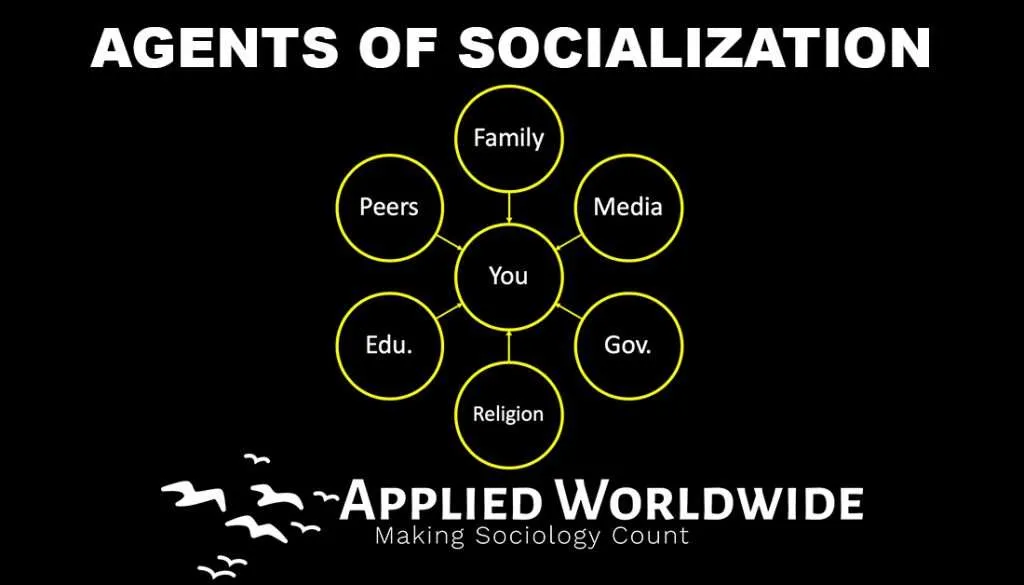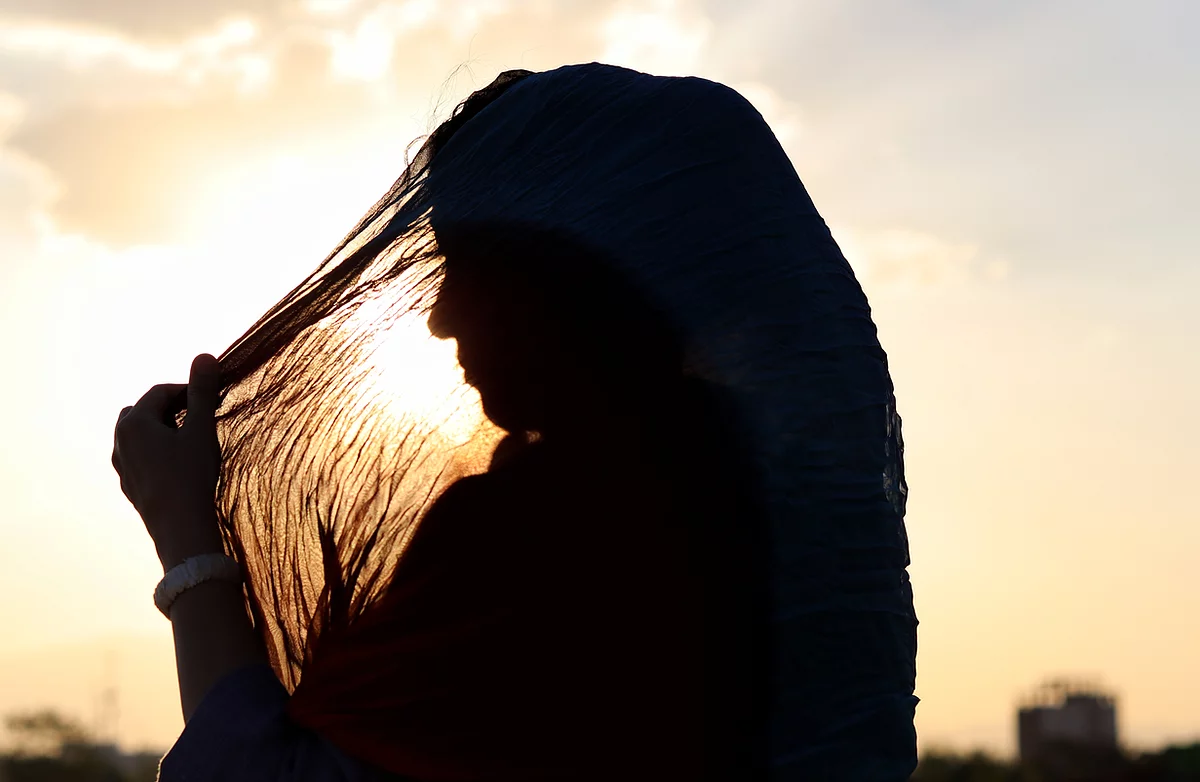What is the sociological perspective on the Social Construction of Womanhood, Sexuality, and Gender Justice in Religion?
The Science of our human society is a dialectic phenomenon defined by human activity and struggle for existence. Society though abstract is realized through social group interaction and human actions. Hence, there can be no social reality apart from man.
Human society’s social reality is defined by its nature of folkways, mores, taboos and social norms existing as practical guides to develop the social fabric of our society. The moral standards may vary but they are always under the jurisdiction of the collectivity. In modern society, the collectivity is the state. The fundamental duty of the state is to call the individual to a morally defined social way of life. Ever since times immemorial the diverse moral standards are linked with the institution of religion.
In looking for the essence of religion, the noted Sociologist Durkheim’s primary empirical referent was the society of the ‘Arunta aborigines of Australia’ in which the religious life for this group is manifested in the ‘totemic principles of worship.’ It thus became the moral force for the group or clan and later got transformed as the “worship” of the clan itself.
This significant moral force that defines the moral fabric of the primitive society is impressed upon the individual consciousness through totemic symbols such as kangaroo, crow, sun, moon through collective rituals and ceremonies. According to Bert Adams’ writings on sociological theory from 2001, this exhibits the spirit of collective experience.
Hence, we see every human society’s collective conscience is an enterprise of world-building. Religion occupies a distinctive place in this enterprise be it primitive or modern society. The state may act in the place of religion in modern society, but it obtains its legitimacy from the significance of collectivity observed in the functions of religion. In fact, religion is fundamental to the nature of society. Only after 1895, sociologist Émile Durkheim established “a clear view of the essential role played by religion in social life” writing that religion “contains in itself from the very beginning…all the elements which…have given rise to the various manifestations of collective life.”
The relationship between human, religion and world-building is well established through the process of religious socialization. The main purpose of religious socialization in modern society today is to create a religious world-view. In the pluralistic world today, there are different aspects of religious socialization and religiosity of adults that has to be critically viewed and understood. Despite the modernity, the traditional institutions of monogamy, hetero-sexual marriage, patriarchy continue to define the dynamics of religion.
A modern pluralistic world offers a multitude of religious perspectives. It is essential to understand in this context how religious social institution plays an instrumental role in the social construction of womanhood, sexuality and gender justice.
Socialization and the Social Construction of Womanhood
Socialization helps an individual to become a functioning member in the society. The individual becomes socialized by learning the rules and practices of social groups. By this process an individual develops a personality of one’s own. Religion acts as an effective agent of socialization in socializing an individual to religious patterns of behaviour and internalizing the same. Parental religiosity is a very vital component here as the individual tends to adopt the parental religiosity associated with value systems, beliefs and practices. Hence, the biggest predictor of adult religiosity is parental religiosity.
The influence of peers and spousal religiosity also plays an essential role in religious socialization. This internalization of religious group norms is not always positive as it tends to generate subjectivity in the positioning of gender and sexual minorities based on biased religious norms adopted without rationalizing leading to practices of discrimination and conflict. It is here we observe social construction of identities within religious structures because of the internalized hetero-normative patterns through the collective experience of ‘worship.’

Gender differences in religiosity are a product of gendered differential religious socialization. This can be understood through traditional gender attitudes and gender differences in religious beliefs and behaviour. Women are religiously socialized to be more religious than men to the extent that being irreligious constitutes risk-taking behaviour. This accounts for universal gender difference in religious commitment.
Though women are religiously socialized to be more religious than men viewed as ‘gendered differential religious socialization’ we see how women’s roles in religious organizations are biased and leadership positions are denied and if given it is less significant. Men being irreligious is seen to be naturally inherent unlikely to women’s irreligiosity as a socially learnt condemnable risk-taking behavior.
The argument is that women’s engagement in nurturing services are identified as submissive roles which makes religious commitment and religious consolation a function for women’s religious behaviour. Even when an adult son of a mother is found to be deviant in his behaviour the mother is blamed for not effectively teaching religion and morality and for not caring for the spiritual and physical well-being of her son. This gendered differential religious socialization has created stereotyped gender roles in the participation of women, men and gender minorities in religious organizations. Ironically, women are expected to be religious in the servitude to God and in worship only but not for religious leadership.
The religiosity of women to be higher is again justified that women are more religious because they do not work outside their home and therefore have more time to pursue religious interests. In today’s modern society, though women participate in income-generating activities, the ‘male bread-winner ideology’ is rooted traditionally in the majority of the households that women’s participation in public sphere is accompanied by the burden of care-work and nurturing activities in the domestic sphere. One of the major functions for women is to maintain the religious fervour of the household through her participation in religious rituals and religiously oriented activities. Furthermore, gender-based division of labour also justifies the feminization of family duties for a woman and the family’s religious well-being to be upheld and fostered by the woman as a ‘dutiful wife,’ ‘responsible mother’ and ‘ideal woman.’ It is essential to note here that women’s lack of social power, bargaining power within the household, lower work-force participation and gendered experiences are cumulative disadvantages that makes her to incline to religion for solace and comfort.
A woman’s non-conformity to religious norms is viewed as a ‘sin’ when compared to a man. The failure to conform to religious practices and rituals by a woman engaging in both productive and reproductive roles in the Indian context is seen as a ‘deliberate commission of sin’ by the woman. Such stereotyped gender norms in religious socialization by parents, peers and religious organizations has generated and maintained the discrimination of women leading to the disadvantaged position of women in religious organizations and households.
A woman is forbidden to be a significant figure in religious organizations attributing to her menstruating body which is seen as ‘impurity’. When religious texts endorse such views, the position of women in the society is only relegated to the secondary status leading to all forms of disadvantages within household, religious organizations, workspace and society at large. Any woman taking a different stance is viewed to be a deviant or a curse within religious organizations for seeking a change in the pre-established religious norms. Such gendered traditional religious norms have effectively established a society of discrimination and inequality for women. It is here we see the social construction of womanhood in religion leading to the question of ‘women’s rights.’
Religion, Sex and Procreation
Religion defines a woman’s right over her very own body. Her sexual obligations to her husband need to be fulfilled as a morally defined religious duty. Any form of non-acceptance from the woman is viewed as a “risk-taking behaviour” going against the principles of religiosity. For instance, a woman’s right to abortion is denied on the grounds of religion to be “a commission of sin” by a woman but not the male partner. A woman’s desirous right, duty, obligation over her very own body is suppressed in this process of upholding the religious dignity. It is here we see the need for gender equity in the socially constructed patriarchal society. A discourse on the disadvantaged positioning of transgenders and gender minorities in religious organization is also essential for opening up further research exploration.
Religion and Sexuality
Religions view hetero-sexuality as a normative construct. This has resulted in exploitative discrimination of same-sex couples within the organization of religions. The social acceptance of lesbians, gays and bisexuals is largely determined by religious norms. This denotes the manifested culturally significant religiously-driven homophobia in our society. Though certain religious denominations have welcomed same-sex marriages they are still seen as “sinful” and restricted from occupying significant positions within the religious organization.
Conclusion
The socio-religious world view needs to be dynamic according to the needs of the human society without generating any form of discrimination and inequality. Religious organizations should maximize and equalize opportunities for gender and sexual minorities. However, defined by traditional gendered religious norms, in the process to uphold religious world-view we see how religious structures contribute to the erosion of social justice. All sections of the society comprising of gender and sexual minorities should be given their due place of recognition in the religious organization, households, communities and society at large.







